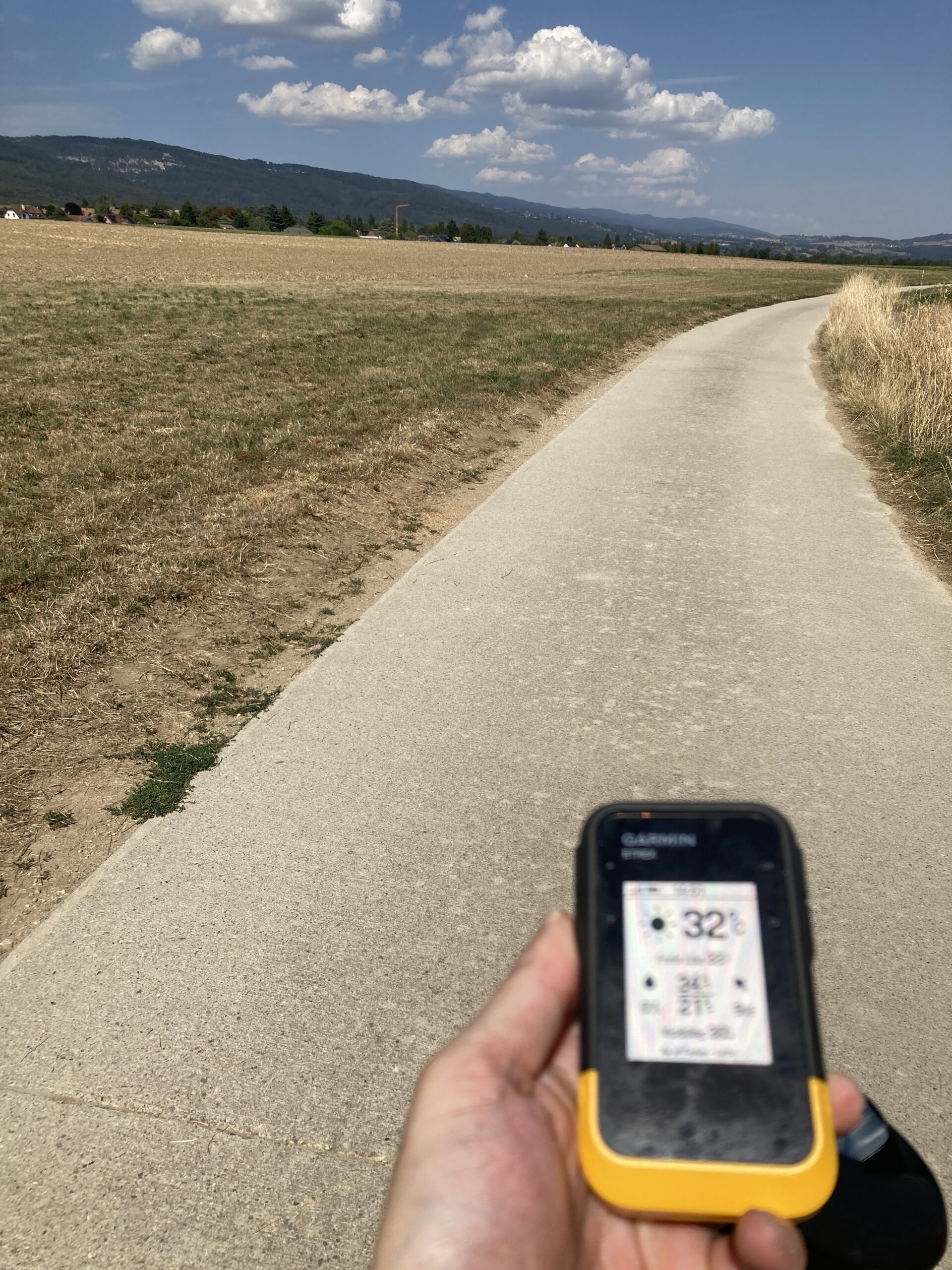Decades ago, by now, someone decided that they needed to make something like a scooter that could stand by itself, and that people could ride. they created the segway and for several thousand francs you could buy one. Some people did, but many did not. Several decades later someone else decided “Let’s put the wheels one behind the other like with a foot scooter. From then on the human being on the scooter would balance it.
Segways were a brilliant idea, but they provided a solution that was more expensive than it needed to be. The idea of electric foot scooters is an excellent one because it reduces the price and the barrier to entry. It’s also to take on public transport.
The one I have has a range of about 20km and a weight of about 13kg according to the instructions. It’s heavy to carry but in theory you lift it onto a train, and once you’re in a train station you put it down and push it beside you. It is not allowed to ride scooters in train stations.
## Speed
Scooters are limited to 20km/h in Switzerland. That’s as fast as you’re allowed to go, so getting one that goes faster is moot. Electric scooters don’t start when you push the throttle. You need to be going at 2-3km/h before the motor kicks in and accelerates to 20 kilometres per hour.
Once you get to twenty kilometres per hour cruise control kicks in and it stays at 20km/h. If you go down a slope it stops pushing so hard, and if you start to climb it will detect that the speed has decreased and give more thrust, until it is at 20 km/h uphill.
## Comfort
The electric scooter is a platform you stand on. I tend to find that my legs get tired because I tend to favour one leg more than the other. It also feels quite slow when you’re going on flat terrain. It’s slower than a bike so in theory a bike would be more interesting than an electric scooter, especially for people that can reach 30km/h and keep that speed.
## The Niche
The niche of the electric scooter is to provide people with an alternative to the car for short journeys. Instead of walking at 5km/h you can take the scooter at 20km/h for a quick shopping trip two kilometres away. It is also easy to take onto trains and fold, and place as luggage, rather than as a bike so you can save on cost. A bike costs half the price of a human on public transport.
It is also practical when you visit people, or when you commute to work. You can take it from home to the train station, without waiting for buses, and from the train station to the office, without waiting for a tram. You save time, and money.
### A Petrol Scooter Replacement
I was really tempted to get an electric scooter that could be sat on, until I saw the range, and the price, and then I changed my mind. I believe that the electric foot scooter is a great compromise because it gives a lot of flexibility for short trips, but also offers ease of use for taking on trains, buses, or trams.
## Range
Although advertised of having a range of 20 kilometres I believe they can do more, especially if the landscape allows. In switzerland you’re either going uphill or downhill so for part of the journey the motor will not be needed. I have tried to trips and neither used more than one or two bars of charge.
## Not Replaced
It does not replace the daily walk. This can still be an integral part of our day. The electric scooter is meant to get us from A to B for errands, or work, and at lunch time, or in the evening, we can leave the scooter at home, or in the office, while we go for a walk.
## Limitations
I used the scooter to go to an outdoor workout location yesterday and it felt fine, except when I saw clumps of dirt or branches, pinecones and other objects on the road. I made sure to avoid those.
Another limitation is that it has no indicators so it is hard to indicate where you are going. Removing a hand from the handle bars feels dangerous and unstable for indicating.
On the journey back I went along a road that was in poor condition and here too I felt the limitations of the scooter. Because it has no, or minimal shock absorbers I was worried that if I take such surfaces too often I will shake the wheel connections to bits, like I did with a manual foot scooter.
You can get scooters with shock absorbers and more but they cost two to four times the cost of the one I got.
## Opportunities.
It can be used for shopping, especially if you go every two to three days, but also for recycling if you go regularly. Instead of waiting for a car to be full you can fill a backpack, go to recycle, and then head home without taking up much space on the road.In this context I would use agricultural roads when possible.
## And Finally
Walking is the cheapest form of tranport but it takes time. Electric bikes are great but they cost money. Electric foot scooters fill the gap between both forms of transport. They are small and light enough to transport in cars or on trains, but with the range to go twenty or more kilometres on a single charge. If the battery runs out then walking and scooting are still options, by foot.
I bought one of the cheapest models to see whether I liked using a scooter or not. I spent about 240 CHF.

Leave a Reply